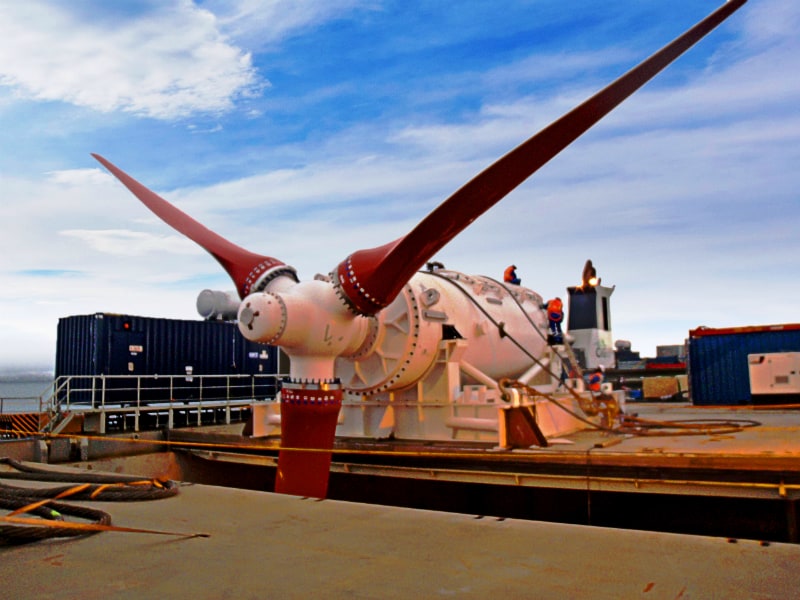
Equitix, a fund manager which invests in infrastructure projects, is to work with tidal power specialist Atlantis on a series of projects in Scotland, including the MeyGen scheme, currently under construction in the Pentland Firth, the channel between Orkney and the Scottish mainland characterised by extremely powerful tidal flows between the Atlantic to the west and the North Sea to the east. The funds Equitix plans to devote to Atlantis projects is believed to total some £100million over the next two years.
Under the terms of the partnership, Equitix will acquire a quarter-share in all of Atlantis’s Scottish projects at their financial close. It will work with Atlantis to prepare the projects for construction capital. "This agreement with Equitix, a leading infrastructure investment specialist, is an important step for us in engaging a partner with both vital experience of large infrastructure projects and access to extensive capital, coupled with a desire to work with us to accelerate the further development of the UK’s tidal power industry,” said Tim Cornelius, chief executive of Atlantis . “We are very excited to be working with Equitix on a range of fronts.”
The MeyGen project is currently in its first phase. Costing some £51million, this involves placing four 1.5MW tidal turbines into the fast-flowing waters of the Firth, three of which have been built by Adritz Hydro Hammerfest in Germany and one by Lockheed Martin in Scotland. Atlantis hopes to complete securing £45m-50m of financing for the second phase of the project later this year, and has a lease on enough space in the Firth for 398MW of generating capacity. Phase 1 is scheduled to begin generating power for the grid this year. It is also working on a similar-sized project in the western Sound of Islay.




Swiss geoengineering start-up targets methane removal
No mention whatsoever about the effect of increased methane levels/iron chloride in the ocean on the pH and chemical properties of the ocean - are we...